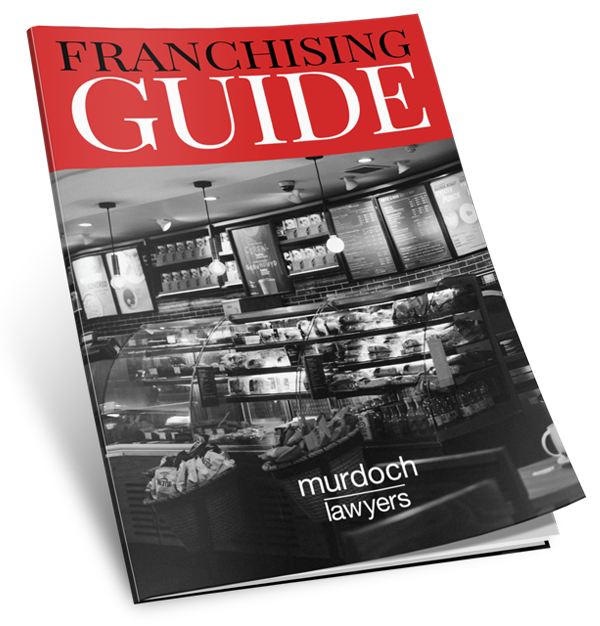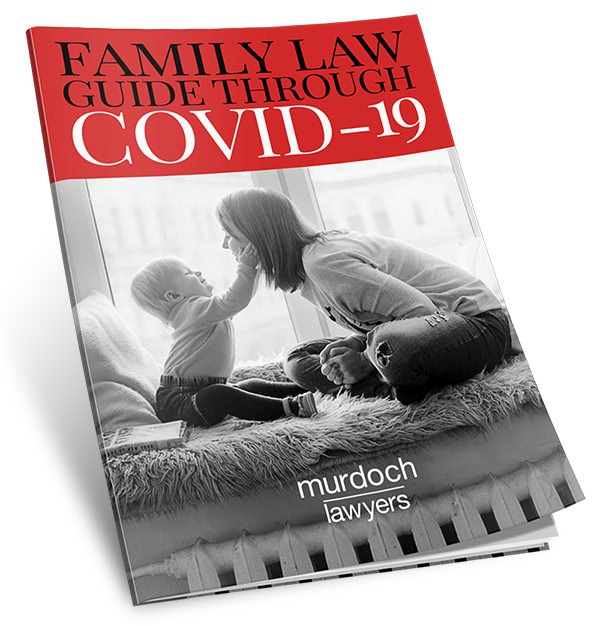
When you die, the distribution of your Superannuation Death Benefits (which consists of your superannuation contributions and any life insurance held within the fund) can become a complicated issue. This is because, despite popular belief, your Superannuation Death Benefits are not an asset automatically covered by your Will.
Instead, it is the Trustee of your Superannuation Fund who directs where (and in what proportions) your Superannuation Death Benefits are to be paid.
If you have more than one dependent, (for example, a spouse and a child from a previous relationship) disputes often arise if they do not agree with the Trustee’s decision.
So…. what can be done to minimise (or even completely avoid) these post-death disputes?
Prevention is better than cure.
If you have a valid binding nomination in place at the date of your death, the Trustee must comply with the nomination and must pay your Superannuation Death Benefits in accordance with it. Depending on your particular circumstances, you may decide to pay it either directly to a dependent, or into your estate to be distributed in accordance with your Will.
The key factors here are that the nomination must be both binding (a preferred is insufficient) and valid. It is important to seek legal advice when completing your nomination to avoid the chance of it being declared invalid (for example, if you have nominated a person who does not meet the criteria of a ‘superannuation dependent’, the nomination will be invalid and unenforceable against the trustee).
By completing a binding death benefit nomination, you (not the Trustee) are deciding who is to receive what is often a person’s most considerable asset.
If you die without a valid binding death benefit nomination.
The Trustee of your Superfund will decide who is to receive your Superannuation Death Benefits. Even if you have a ‘preferred’ nomination noted, the Trustee is not required to follow this recommendation. The Trustee may decide to pay your Superannuation Death Benefits to any superannuation dependent they choose (and in the proportions they choose), or to the estate.
If your dependents do not agree with the Trustee’s decision, they are then required to formally object to the decision. If this cannot be resolved at Fund level, the dispute is then escalated to the Australian Financial Complaints Authority (previous the Superannuation Complaints Tribunal). This takes considerable time, effort and could result in considerable costs.
A binding death benefit nomination is a crucial part of the estate planning process and can be prepared simultaneously with your Will. Moral of the story – don’t leave the fate of your Superannuation Death Benefits up to the (Superfund Trustee) gods.
If you would like further information about Binding Death Benefit Nominations or our other estate planning services please contact our Toowoomba Lawyers.




